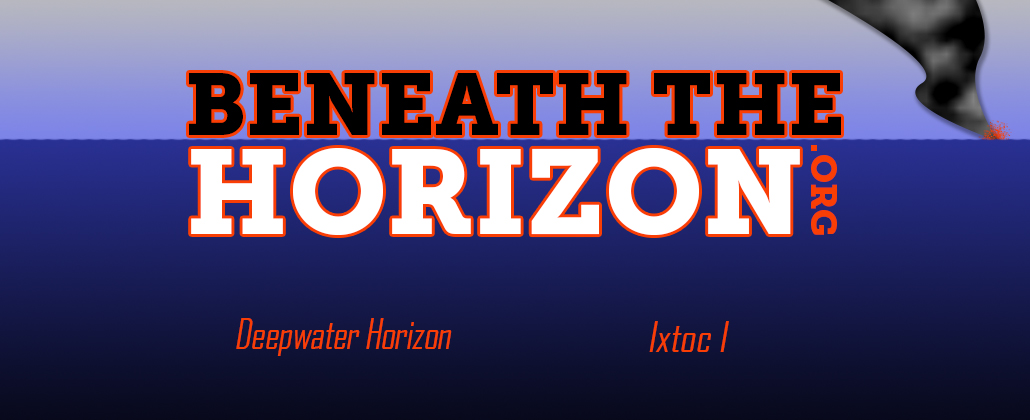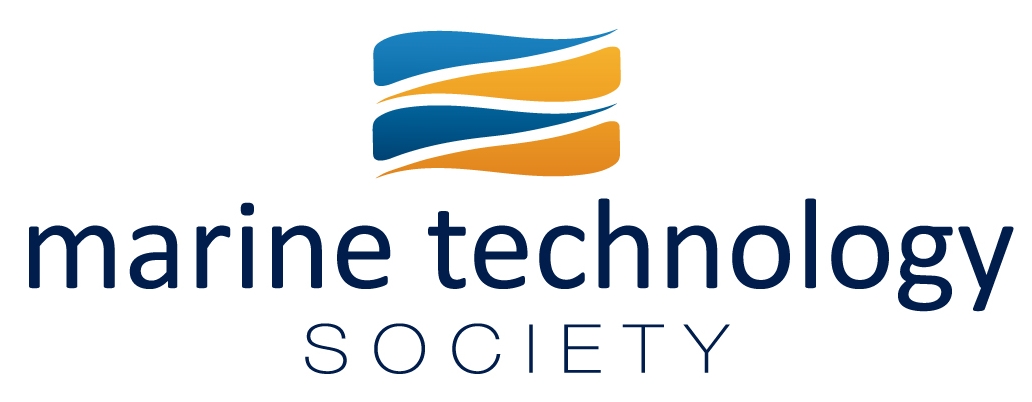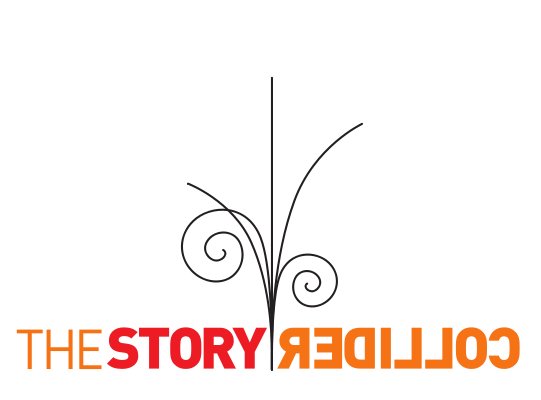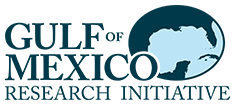
Listen to The Loop in español, click here.
Download our free podcast series on iTunes | Listen on Soundcloud
Episode 1: Overview of C-IMAGE
C-IMAGE PI Dr. Steven Murawski talks to David Levin about the research goals of our center and the importance of integration when tackling large scale impacts.
English Transcript
Episode 2: The Mud and the Blood
C-IMAGE PI’s Steven Murawski and David Hollander on board the Weatherbird II in August of 2012 talking to David Levin about looking for impacts of the Deepwater Horizon spill on the mud and the fish in the Gulf of Mexico.
English Transcript
Episode 3: The “not-so-visible” impacts of the Deepwater Horizon oil spill on the Gulf of Mexico
Three years after the BP oil well disaster, scientists are struggling to understand the effects on the Gulf ecosystem. From Mind Open Media, David Levin reports on the oil’s impact on the tiny creatures that form the base of the food chain.
English Transcript
Episode 4: Fitting the Gulf of Mexico inside a computer: how to build an ecosystem model
David Levin talks with C-IMAGE members Cameron Ainsworth, Jason Lenes, Michelle Masi and Brian Smith about building an Ecosystem Model of the Gulf of Mexico to describe how oil spills impact marine life.
English Transcript
Episode 5: The Pressure is On!
Mind Open Media’s David Levin talks with C-IMAGE PI Steven Murawski and scientists from the Technical University of Hamburg at Harburg Michael Schluter and Karen Malone about their high pressure experiments ongoing at their facilities. They are looking at oil and gas droplets under high pressure to learn more about the Deepwater Horizon oil spill.
English Transcript
Episode 6: Oil: It’s what’s for dinner…
C-IMAGE scientists want to know more about how oil-eating microorganisms behave in the cold deep ocean to learn more about what happened to the oil from the Deepwater Horizon blowout. High pressure experiments underway at our high pressure facility at the Hamburg University of Technology focus on how these microbes use oil and what happens to them in the process. Results from these studies may lead to a new way to clean up spills by eliminating its most poisonous ingredients.
English Transcript
Episode 7: The Ixtoc Spill: Reflections
The Deepwater Horizon oil spill happened just a few years ago, but it might be possible to predict its impact on the Gulf by studying another major spill, one that happened in 1979. “These are two of the largest spills in the world’s history as far as blowouts go and they were both in the Gulf of Mexico”. Wes Tunnell is a marine biologist who is looking at the aftermath of both spills. It’s almost like his looking at the same crime scene, separated by more than three decades. How? Give a listen. Mind Open Media producer David Levin talks to Wes Tunnell and John Farrington about their experiences during the 1979 Ixtoc spill and the applications to new blowouts thirty years later.
English Transcript
Episode 8: In the Mud in Mexico
“We were of the mind that with studying the Deepwater Horizon in the northern Gulf we weren’t getting a full Gulf of Mexico perspective.” Geochemist David Hollander is travelling with an international team of scientists aboard a Mexican research vessel. Over the last few years, his team has studied the effects of the 2010 Deepwater Horizon spill. But today, they’re looking back at a spill that happened 35 years ago and what they learn on this trip might help them understand the future of the Gulf. Mind Open Media producer David Levin talks to David Hollander, Joel Ortega Ortiz, Isabel Romero, Adriana Gaytán-Caballero, and Travis Washburn about their experiences on the RV Justo Sierra in the southern Gulf of Mexico during the research on the Ixtoc spill.
English Transcript
Episode 9: Forensic Science
Listen to learn how scientists reanalyzed remotely sensed data taken in the late 1970s to study the Ixtoc 1 oil spill. Dr. Chuanmin Hu and his graduate student Shaojie Sun use the Landsat and Coastal Zone Color Scanner (CZCS) data to develop “treasure maps” of oil from the IXTOC-1 spill to steer field studies. Listen in to find out how they did it.
English Transcript
Episode 10: The Risk on Fish
What happened to the fish in the days and weeks after the Deepwater Horizon oil spill? With a suite of exposure studies, C-IMAGE researchers are monitoring fish health after oil exposure in order to find out. Dr. Dana Wetzel and Kevan Main of Mote Marine Laboratory give fish a small does of oil through either their food, water, or the sea floor sediments, then analyze how their bodies recover.
English Transcript
Episode 11: The Cuban Connection: Spills, Science Diplomacy
C-IMAGE collaborated with researchers from the University of Havana for the first join U.S.-Cuban expedition in over 50 years.
English Transcript
Episode 12: MTS TechSurge
When research and industry can communicate effectively when responding to an oil spill, both the environment and oil industry benefit from shared knowledge and new technologies.
English Transcript | Transcripción en Español –>
Episode 13: For a few dollars more: costs and ecosystem services after spills
When oil spills are assessed through an economic viewpoint, both environmental and human impacts must be considered to provide a full picture.


Book 1: Deep Oil Spills – Facts, Fate, and Effects
Book 2: Scenarios and Responses to Future Deep Oil Spills – Fighting the Next War

MTS Journal: Advancing Oil Spill Research:Beyond the Horizon
GoMRI & MTS TechSurge 2018
MTS Webinar Series featuring GoMRI researchers
Read our Student and Teacher @ Sea Blogs
Teachers @ Sea Program
Student of the Month
Research Cruise Logs



